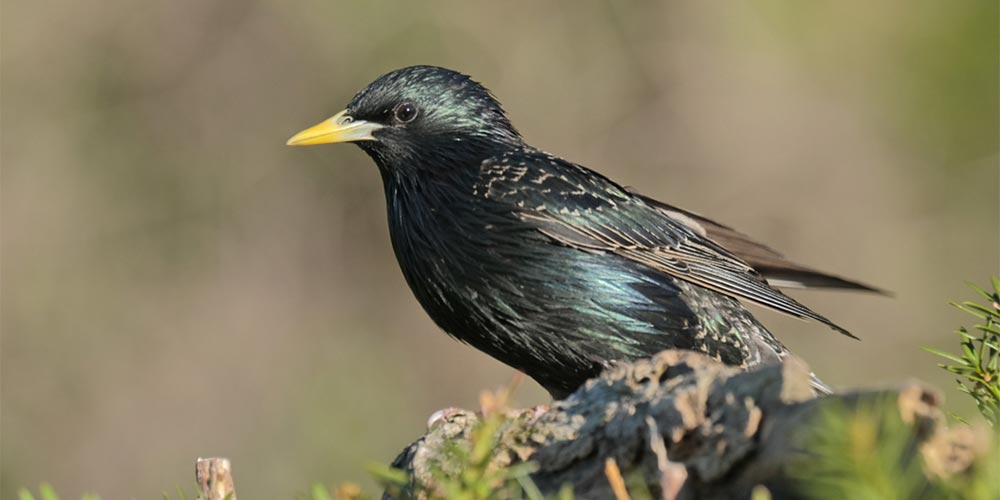
Gardening is an incredibly rewarding activity that allows you to enjoy the beauty of nature while also growing your own food or creating a green space that provides a peaceful oasis from the stresses and strains of modern life.
However, traditional gardening practices can often be harmful to the wider environment if they utilise one-use products, damage ecosystems or utilise pesticides, fertilisers, and other chemicals.
Fortunately, there are many ways to practise environmentally friendly gardening that are both sustainable and healthy for you and the planet too.
One of the key principles of environmental friendly gardening is to work with the natural world rather than against it.
#1: Start with Healthy Soil
The health of any ecosystem depends on the state of the soil. Healthy soil is teeming with beneficial microorganisms that break down organic matter, release nutrients, and create a stable structure that allows air and water to move freely.
To build healthy soil, avoid tilling or disturbing the soil, which can disrupt the delicate balance of microorganisms. Instead, add compost and other organic matter to the top layer of soil each year to improve soil structure and fertility.
You’ll certainly begin to see a marked improvement in plant growth, health and vitality too.
#2: Use Only Natural Fertilisers
Synthetic fertilisers can be incredibly harmful to the environment when they leach into groundwater and contribute to pollution.
Instead, consider using natural fertilisers like non peat compost, manure, or bone meal when you’re looking to add vital nutrients to your flower beds and vegetable patches.
You can also create your own compost from kitchen scraps such as egg shells and banana skins, garden waste, and other purely organic materials.
#3: Compost Garden Waste
Garden waste like leaves, grass clippings, and branches can be composted to create nutrient-rich soil amendments for your garden.
Composting outdoor waste not only reduces the amount of waste sent to landfills, but also helps create healthy soil by eliminating the need for synthetic fertiliser, and because it retains its moisture it reduces water consumption too.
#4: Plant Native Species
Native plants are already adapted to the local climate and soil conditions, which means they require less water, fertiliser, and maintenance than non-native species.
Native plants also provide habitat and food for local wildlife, including pollinators like bees and butterflies. Consider incorporating native plants into your garden to create a diverse and sustainable ecosystem.
Although the likes of sunflowers and lavender are great for pollinators, it’s also worth remembering that the plants usually considered as weeds, such as dandelions and buttercups are ideal for pollinators, so it’s important to consider leaving some of these too.
#5: Avoid Weed Killer
Weed killers contain the harmful ingredient known as glyphosate, which can kill beneficial insects like bees and butterflies, as well as harm other wildlife and contaminate soil, water and vital food food sources.
Additionally, weed killers can also harm the populations of vital predators such as ladybirds, frogs, toads and newts, which can actually increase the number of pests.
Instead of using pesticides, consider using natural pest control methods like companion planting (which we’ll cover later) and plant rotation.
#6: Conserve Water
Water is a precious resource, and conserving it is an important part of environmentally-friendly gardening.
Consider using a drip irrigation system (to collect greywater) or a soaker hose to water your plants, which delivers water directly to the roots, reduces evaporation and reduces any damage to the plant from the more powerful hose applicators.
You can also collect rainwater, which is far better for watering with, in a waterbutt and use it to water your garden.
#7: Provide Habitat for Wildlife
Creating a diverse and sustainable ecosystem in your garden means providing habitat and food for wildlife like foxes, hedgehogs, amphibians, birds, butterflies, and other beneficial insects.
Consider planting flowers, shrubs, and trees that provide food and shelter for wildlife, as well as constructing features like birdhouses and bat boxes too.
#8: Companion Planting
Companion planting involves planting two or more crops together that have a mutually beneficial relationship.
For example, planting marigolds alongside tomatoes can repel harmful black fly and attract beneficial insects like ladybirds instead.
Takeaways
In conclusion, environmentally friendly gardening practices can help gardeners reduce their environmental impact while still enjoying the benefits of getting out into nature.

About the Author
Ed Powell is the founder and director of steellandscapingco.co.uk
